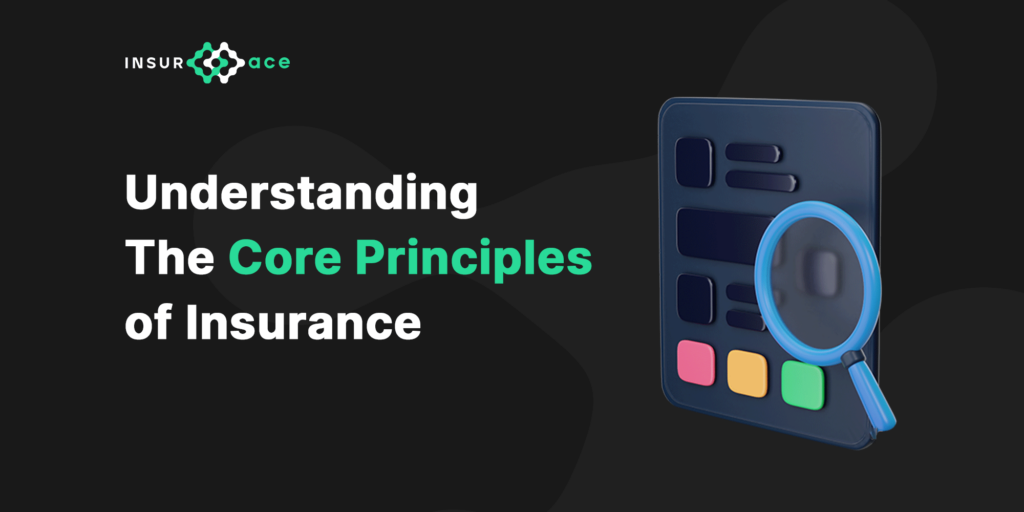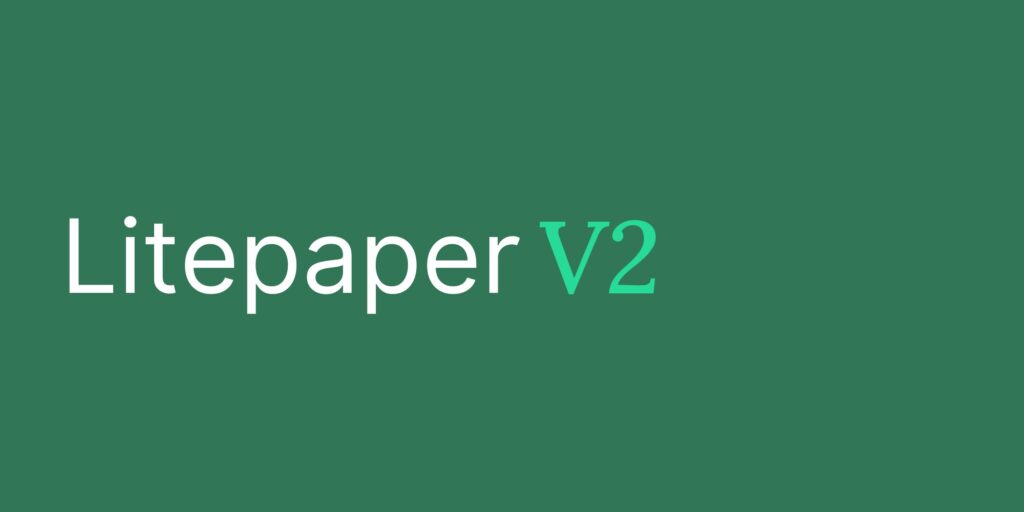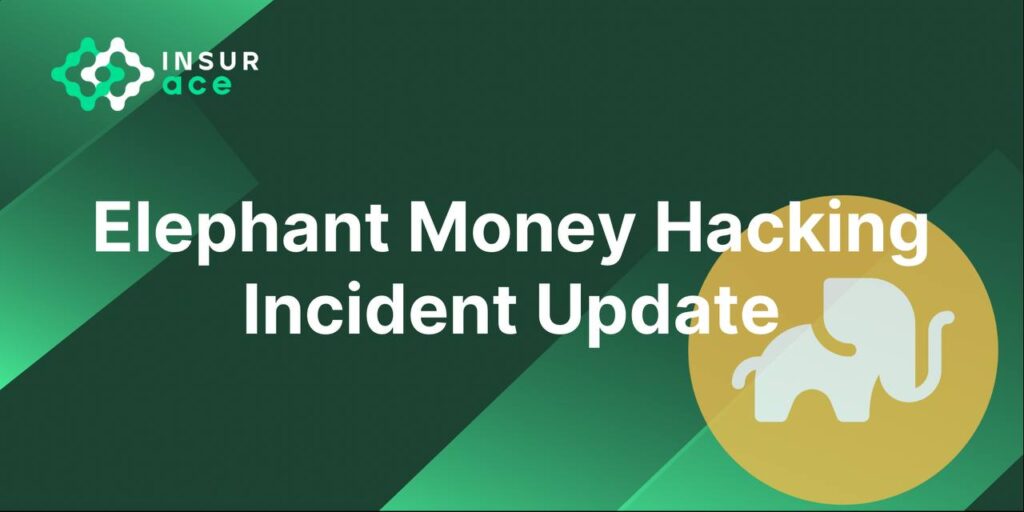When you think of insurance, you probably think it’s simple – pay a premium, sign a few papers and the insurance company makes claims payouts if the risk insured crystalizes. And you’d be correct. But, like the figurative Iceberg, the smooth operation of Insurance policy contracts goes way deeper than that.
There are several other conditions that are required to form a solid framework for insurance policy contracts to be enforced effectively and ensure that all parties to the insurance contract are adequately protected.
Although Insurance is fundamentally designed to protect you and your belongings from different forms of peril — the Core principles of Insurance exist to protect people and organizations who are parties to an Insurance contract from the actions or inactions of one another.
Defining The Principles of Insurance
Principles of Insurance are the fundamental framework or default responsibilities that the Insured & Insurer must adhere to before and during the process of fulfilling their contractual obligations.
They are critical underlying concepts that govern insurance contracts globally, to prevent unintended consequences and curtail vicarious actions on the part of either party. The concepts are termed as the principles of Insurance.
In this article, we will explore the 7 Principles of Insurance with vivid illustrations on how they work. But before we begin, let’s identify the two primary parties to an Insurance contract.
The Insured — The person, individual or group to seek to purchase a Coverage product for loss protection against certain specified risks. The insured is required to make Premium payments to the insurer, usually, periodically.
The Insurer — the Insurance company, platform or protocol that provides coverage products/services in exchange for Premium payments. In the event of loss, the Insurer is required to pay Compensation to the Insured.
The 7 Core Principles Of Insurance
In the world of insurance, there are six basic principles or forms of insurance coverage that must be fulfilled, including Utmost Good Faith, Insurable Interest, Indemnity, Proximate cause (proximal cause), Subrogation (transfer of rights or guardianship), Contribution and Loss Minimization.
If any of these principles are violated, the insurance contract can be declared void by law even if all other terms, conditions, and clauses in the policy contract are fulfilled to the letter. Depending on the degree or nature of violation it can lead to absolving one party of some or all of their contractual responsibilities as stated in the policy.
So, it is very important to understand them.
1. Utmost Good Faith —
Otherwise called “Uberrimae Fides” in latin, this principle underlines that Insurance contracts must be made based on utmost good faith from all parties involved.
In essence, this principle states that the insured must disclose all relevant and material facts about the insured asset to the insurance company. Particularly, facts could cause any prudent insurer to reconsider the policy type, risk profile, or premium amount.
If it is later discovered that such information was deliberately hidden by the insured, the insurer will be within his rights to unilaterally declare the insurance policy void.
- Illustration
If Paul, who staked his tokens in XY DeFi protocol, and gets news that the XY dApp has suffered an exploit, and instantly proceeds to purchase a coverage for his deposited Tokens before the news hits mainstream media, and withholds the information from the Coverage protocol (Insurer).
After a few days or hours, the risk crystallizes and XY protocol is hacked, if it is discovered that Paul was well aware of the crucial information about the exploit, before purchasing the Coverage policy, then the Insurer will be within their right to Void his Claim for payouts.
In this case Paul’s payout may or may not be refunded. Depending on the Clauses stated in the Policy document.
2. Insurable Interest
This principle denotes that the insured party must have some pecuniary interest in the asset that is being protected or insured. Although they do not necessarily have to be the owner of the property, they must have some vested financial interest in it. i.e . Expected residual income or future revenue from the use of the property. Or otherwise, If the property is damaged or lost, the insurer could suffer losses that can be reasonably expressed financially.
Illustration
If Paul is an holder of Solana, and does not hold any Ethereum (ETH). Even if he is an active contributor to the Ethereum DAO he cannot purchase coverage on Ethereum assets.
But if he takes a DeFi loan of 25 ETH against his Solana assets as Collateral, he is now eligible to purchase Insurance Coverage for the 25ETH that is in his possession — as he now has some estimable vested financial interest in Ethereum.
Paul’s sentimental, emotional, or other forms of residual interests in Ethereum, however important they may be, that have no direct financial implication on his position cannot be insured.
3. The Principle of Indemnity
This principle states that in the event of loss the Insurer is only liable to make payouts upto the value of the assets that was insured and nothing above that.
The insurer is allowed to thoroughly inspect and calculate the financial losses. The main motive of this principle is to put you in the exact financial position as you were at the inception of the insurance agreement.
Illustration
If Paul loses 25 ETH to Smart Contract vulnerability exploit, he is only eligible to receive the full 25ETH insured in fulfillment of his Claims.
If Paul misses a car payment, due the inability to access his funds after the Exploit. And his bank repossessed the Car. Paul cannot seek compensation for the Car within the same insurance contract. The Insurance firm is only liable to pay him 25ETH.
Insurance Clauses — For areas that the General principles do not cover precisely.
4. Principle of Subrogation
This principle states that once the full compensation has been paid for a loss claim, the legal right of ownership of the lost/damaged property will shift from the insured to the insurer.
This underlines that the insured cannot make a profit from selling it or utilizing the damaged property. Instead that right is passed on to the insurer.
- Illustration
Paul gets Stablecoin de-peg Coverage for 25UST. If the UST stablecoin de-pegs, Paul is eligible to receive 25 USD worth of Tokens as compensation for his losses. Payable in USD or other duly-pegged tokens at the time of Payout. However, once payout is made, the Insurance protocol now has the right to retrieve ownership of the de-pegged UST tokens.
This means that after full settlement of his Claims, Paul is not to profit from a future sale of the UST tokens, if they regain full or partial peg in the future.
5. The Contribution Principle
This principle applies in cases where you take out Insurance policies from more than one insurers over a specific risk asset. I.e Reinsurance & Underwriting.
In practice, Reinsurance is deployed in cases where the risk asset is so large that it may pose a liquidation risk to a single Insurance firm, or multi-faceted asset class that require the expertise of multiple insurers to offer adequate protection, estimation and advisory services.
If the risk crystallizes In such cases, each insurer can ask the other insurers to contribute their share of the compensation. And if you claim full compensation from one insurer, you lose the right to claim any amount from the other insurers.
With the joint compensation settlement, the insured cannot claim multiple financial payouts over the same asset.
Illustration
Paul holds 25million ETH tokens in lending pool. If this is close or exceeds the value of the total funds staked by existing underwriters in Insurance Protocol A, Paul can hedge his risk by Insuring the same 25 Million ETH tokens with another Insurance Protocol B.
Upon risk crystallization, If Paul were allowed to claim 25 Million ETH from each Insurance protocol, he will now have 50million ETH.
Hence, The Principle of Contribution states that, Insurance Protocols A & B can each, jointly make equal or unequal contributions towards paying a total of 25 Million ETH compensation to Paul.
6. Proximate Cause
This principle states that the subject property or asset is insured only against the incident(s) explicitly stated in the policy. In case the Insured asset is lost, or damaged due to another cause, the Insurer is not liable to pay compensation.
And where the loss is due to more than one cause, the one that is adjudged to have caused the most damage is to be considered.
Illustration:
Paul purchases Insurance cover against losses from Stablecoin De-peg. But he then loses his stablecoins deposits to a Smart contract exploit. The Principle of ‘Proximate Cause’ dictates that Paul is not eligible to file a Claim for compensation. Because, even though the Stablecoins that Paul insured were indeed lost, the primary cause of the loss is not directly related to a De-peg event.
7. The Principle of Loss Minimization
This is our final principle and probably the diciest one of all. It states that an Insurance contract does not absolve the Insurer of his duty of reasonable care to protect the property from total or partial loss.
In the event of a perilous occurrence, you still have a responsibility to take all reasonable precautions to prevent or minimize the loss on the Insured property.
If the Insured is found to have been negligent, acted adversely in a way that aggravated the damage to the property, the Insurer may render part or all of the Compensation claims void.
Illustration:
If Paul insures his 25 ETH tokens against theft. The Principle of Loss Minimization states that Paul still has a responsibility to reasonable precautions to protect his private keys and wallet credentials. Likewise, if Paul suspects at any time, that his security of the tokens have been compromised in any form, he owes a duty of care, to promptly report to relevant security support to minimize loss.
Conclusion
If you’re wondering how these are applied, you should note that most insurance policies are not arbitrarily written. In most cases they are usually written up by legal and technical experts who draw inspiration from these Core principles.
Our next article will be titled, “From Babylonia to the Blockchain — The Interesting History of Insurance”. A short story on how Insurance started in ancient times with the Hammurabi ‘code’ written on papyrus and wooden tablets to Smart Contract ‘code’ written in the Clouds today.


